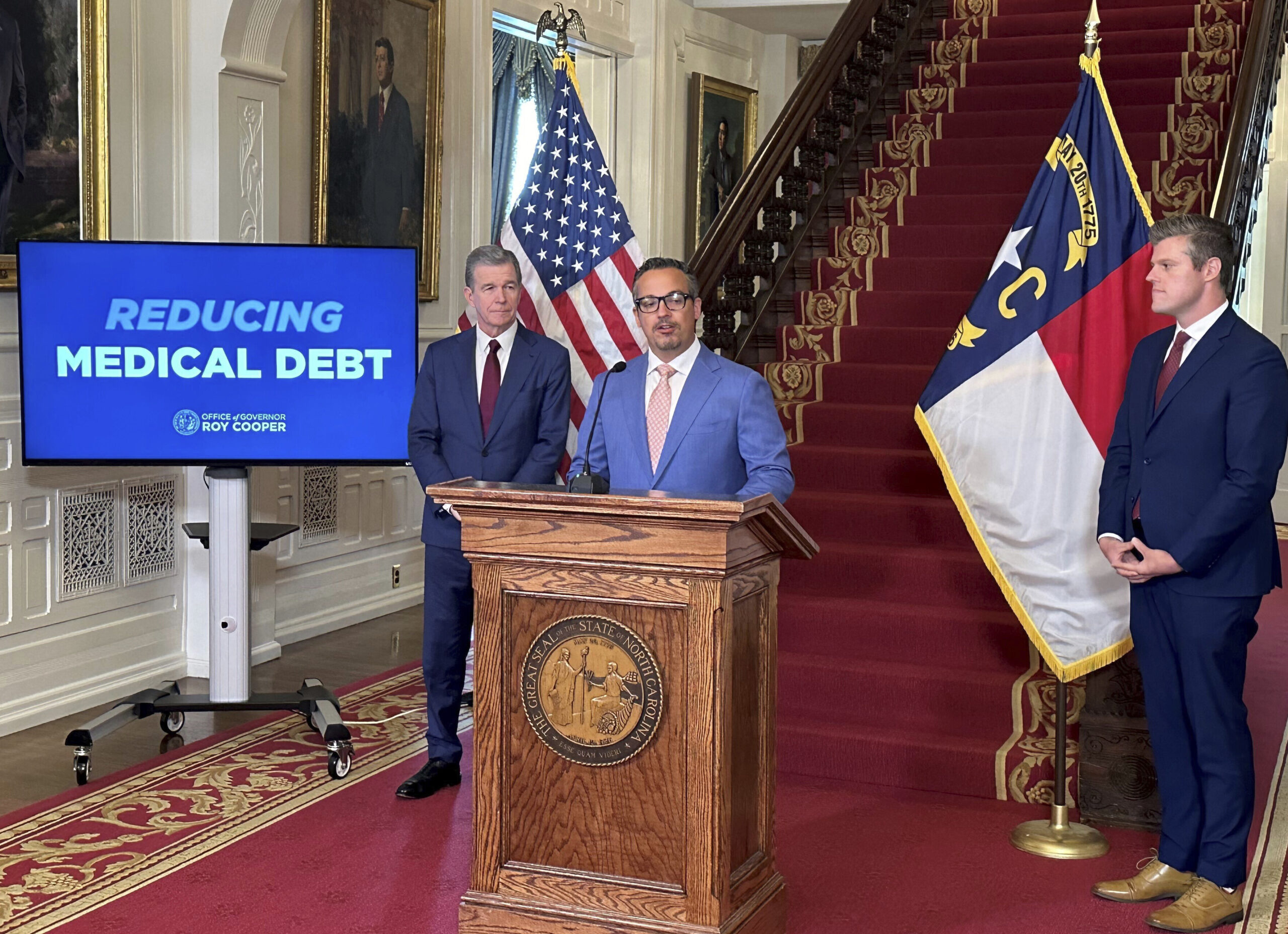Written by THE ASSOCIATED PRESS
A new state panel has laid out specifics designed to bring numerous North Carolina state government agencies together to work on improving outcomes for prisoners when they are released, leading to reduced recidivism.
The Joint Reentry Council created by Gov. Roy Cooper’s executive order in January approved earlier in August a plan to meet more than two dozen objectives by using over 130 different strategies.
The order directed a “whole-of-government” approach, in which Cabinet departments and other state agencies collaborate toward meeting goals and take action.
More than 18,000 people are released annually from the dozens of North Carolina adult correctional facilities and face challenges brought by their criminal record to employment, education, health care and housing.
The council’s plan “lays out our roadmap to help transform the lives of people leaving prison and reentering society while making our communities safe,” Cooper said in a news release on August 13.
Cooper’s order also aligned with the goals of Reentry 2030, a national effort being developed by the Council of State Governments and other groups to promote successful offender integration. The council said North Carolina was the third state to officially join Reentry 2030.
The plan sets what officials called challenging goals when unveiled in January. It also seeks to increase the number of high school degrees or skills credentials earned by eligible incarcerated juveniles and adults by 75% by 2030 and to reduce the number of formerly incarcerated people who are homeless by 10% annually.
Several initiatives already have started. The Department of Adult Correction, the lead agency on the reentry effort, has begun a program with a driving school to help train prisoners to obtain commercial driver’s licenses. The Department of Health and Human Services also has provided $5.5 million toward a program helping recently released offenders with serious mental illnesses, Cooper’s release said.
The governor said in January there was already funding in place to cover many of the efforts, including new access to federal grants for prisoners to pursue post-secondary education designed to land jobs once released.












